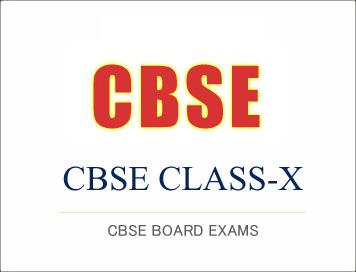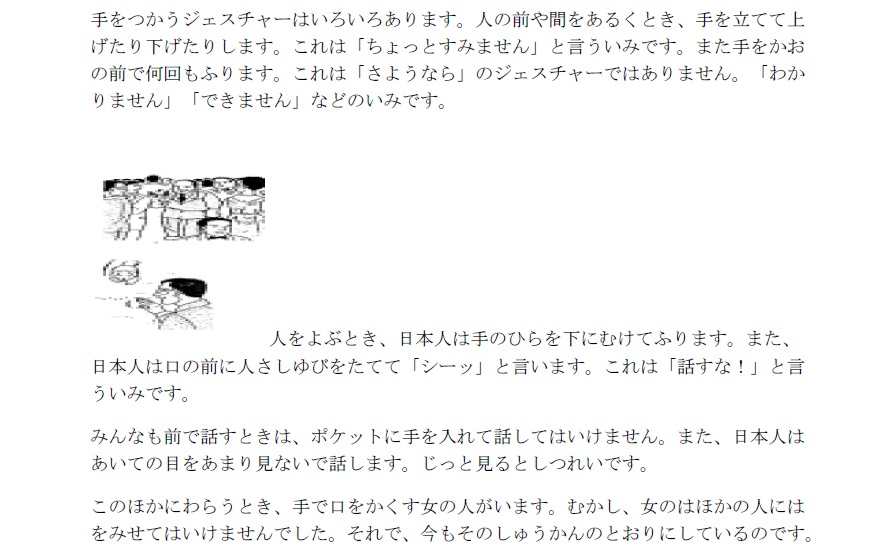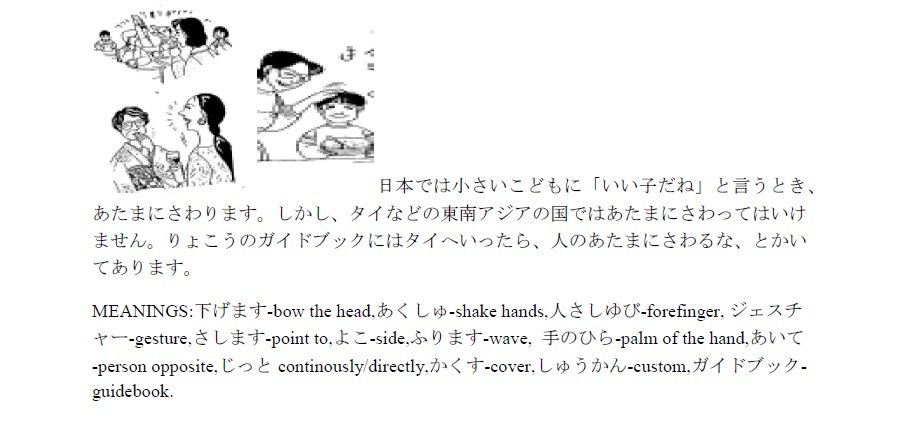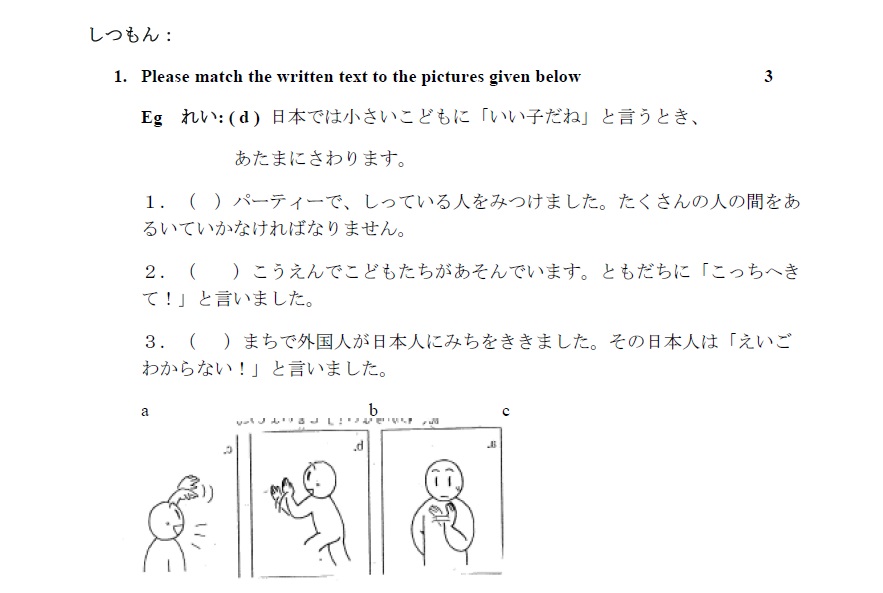
(Download) CBSE Class-10 2016-17 Sample Paper And Marking Scheme (Science)
Time allowed: 03 Hours
Maximum Marks: 90
General Instructions:
(i) The question paper comprises two sections, A and B. You are to attempt both the sections.
(ii) All questions are compulsory.
(iii) There is no choice in any of the question.
(iv) All questions of Section-A and B are to be attempted separately.
(v) Question numbers 1 to 3 in Section-A are one mark question. They are to be answered in one word or in one sentence.
(vi) Question numbers 4 to 6 in Section- A are two marks questions. These are to be answered in 30 words each.
(vii) Question numbers 7 to 18 in Section-A are three marks questions. These are to be answered in about 50 words each.
(viii) Question numbers 19 to 24 in Section-A are 5 marks questions. These are to be answered in 70 words each.
(ix) Question numbers 25 to 33 in Section- B are multiple choice questions based on practical skills. Each question is a one mark question. You are to select one most appropriate response out of the four provided to you.
(x) Question numbers 34 to 36 in Section B are two marks questions based on practical skills. These are to be answered in brief.
Section A
1 Name the process of converting vegetable oil to vegetable ghee. 1
2 List two secondary sexual characters of males that are different from that of females.
3 Write the main function of Ozone in the upper atmosphere 1
4 When a concave mirror is placed facing the Sun, the Sun's rays converge to a point 10 cm from the mirror. Now, if you place a 2 cm long candles flame 20 cm away on the principal axis of the mirror, where would you place a screen to obtain the image of the candle? What would see the size of the image? Draw a ray diagram to justify your answer.
5 If you find coliform bacteria in a sample of water collected from a river, what would you conclude? Give reason for such kind of water pollution.
6 Which natural resources are called the "biodiversity hot spots"? How these hot spots maintain ecological balance?
7 What are isomers? "Isomers of the first three members of alkane series are not possible". Give reason to justify this statement and draw structures of two isomers of butane, C4 H10.
8 An organic compound 'X' is a liquid at room temperature. It is also a very good solvent and has the molecular formula C2 H6 O. on oxidation 'X' gives 'Y' which give, break effervescence on reacting with NaHCO3. X reacts with Y in the presence of conc.H2SO4to give another compound 'Z' which has a pleasant smell. Identify X, Y and Z. also write chemical equations to show the formation of Y and Z.
9 An element 'A' belongs to 3rd period and 17th group of the periodic table.
a) Write atomic member and electronic configuration of 'A'
b) State whether A is a metal or a non – metal.
c) Write the nature of bond formed if A reacts with another element B of electronic configuration 2, 8, 1.
d) Write the chemical formula of the compound formed.
10 Consider the following elements 4Be, 9F, 19K, 20Ca
a) Select the element having one election in the outer most shell.
b) Select two elements of the same group.
c) Write the formula and state the nature of the Compound formed when the element K reacts with an element X of electronic configuration 2, 8, 7.
11 Explain with the help of labelled diagrams the development that takes place in each of the body parts of a Planaria where body is cut into three pieces. None this process and give an example of an organism in which a similar process can be observed.
12 List any four methods of contraception used by humans. How does the use of three methods have a direct effect on the heath and prosperity of a family?
13 List two functions each of the following points of human female reproductive system
a) Ovaries
b) Fallopian tubes
c) Uterus
14 "Different species use different strategies to determine sex of a new born individual. It can be environmental cues or genetically determined". Justify this statement giving reason/example.
15 List in tabular form, two distinguishing features between the acquired traits and the inherited traits with one example of each
16 A student has to project a three times magnified image of a candle flame on a wall. Name the type of the lens (converging/ diverging) required for the purpose. It the candle flame is at a distance of 6 m from the wall, find the focal length of the lens.
17 A child while playing with his father's spectacles burnt a hole in a piece of them tissue paper by focusing the image of the Sun on at.
a) Name the defect of vision his father is suffering form.
b) List two causes of the defect.
c) Draw a ray diagram to show how this defect may be corrected using a suitable lens.
18 Some residents of your colony are planning to cut trees to create a place for parking vehicles. You are upset by knowing all this and wanted to do something to create awareness about the importance of trees.
(a) List any three reasons that you will use to convince residents of your colony not to cut the existing trees.
(b) List any three values that would be inculcated amongst them with such approach.
19 a) State two main reasons for carbon forming a very large number of compounds.
b) Give reason why carbon forms compound
(i) Namely by Covalent bonding
(ii) Having low melting and boiling points
c) What happens when (Write chemical equations of the reactions)
(i) A piece of sodium metal is added to ethanol.
(ii) Ethanoic acid reacts with sodium hydroxide.
20 A. Draw a longitudinal section of a flower and label the following parts –
a) Part that develops into a fruit
b) Part that produces pollen grain
c) Part that transfers male gametes
d) Part that is sticky to trap
B. Write the names of the parts labeled as A, B, C, D in the diagram given below:







